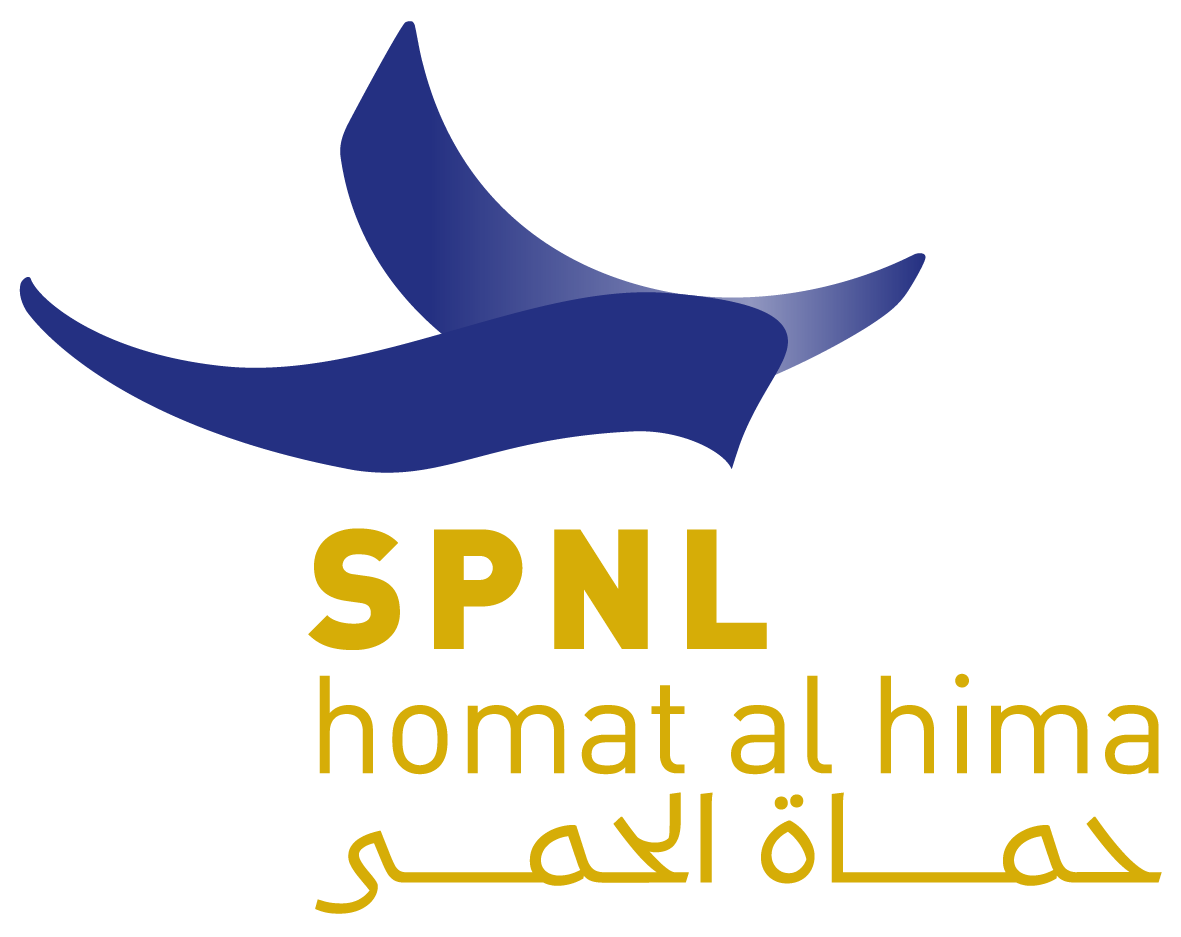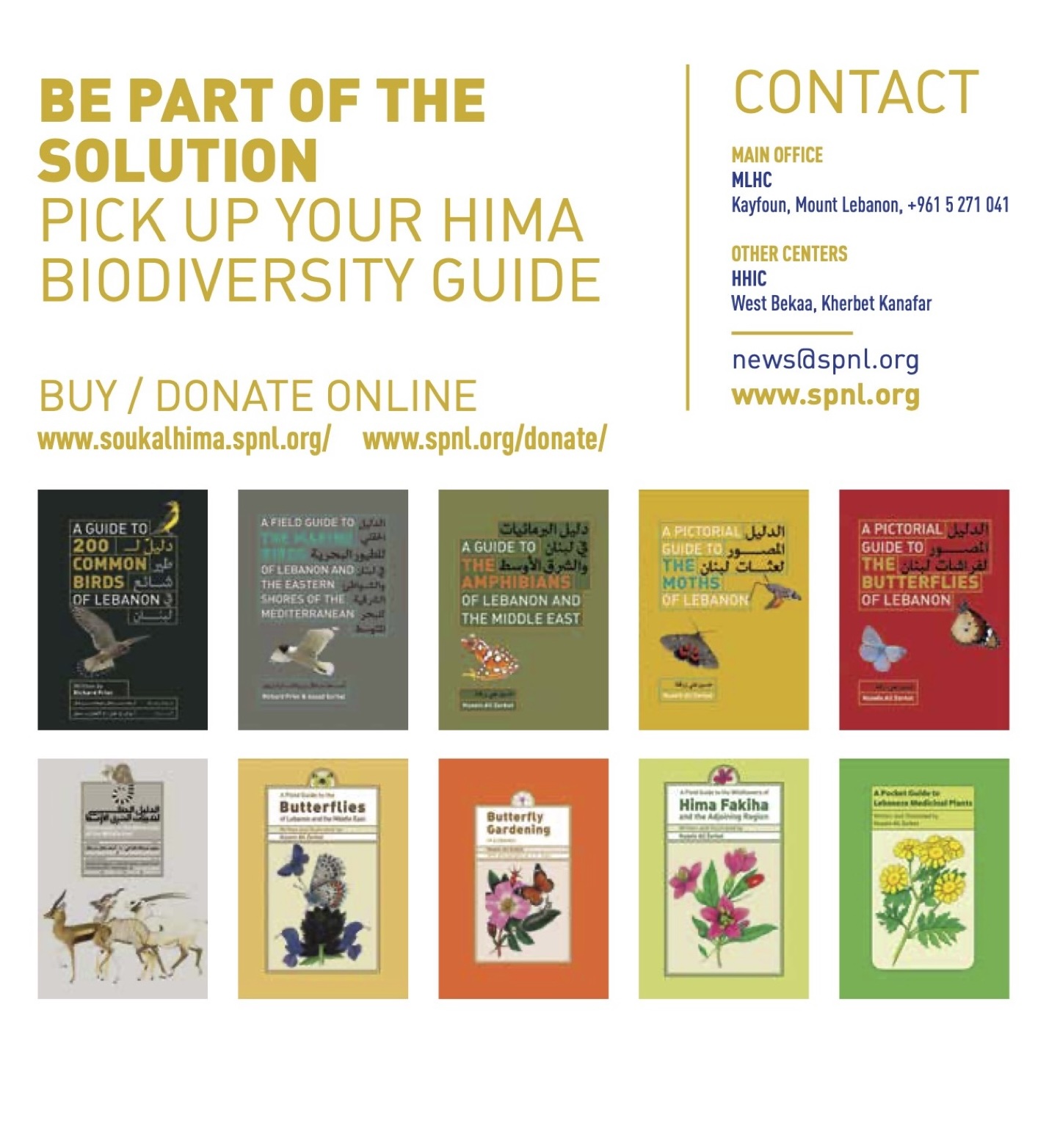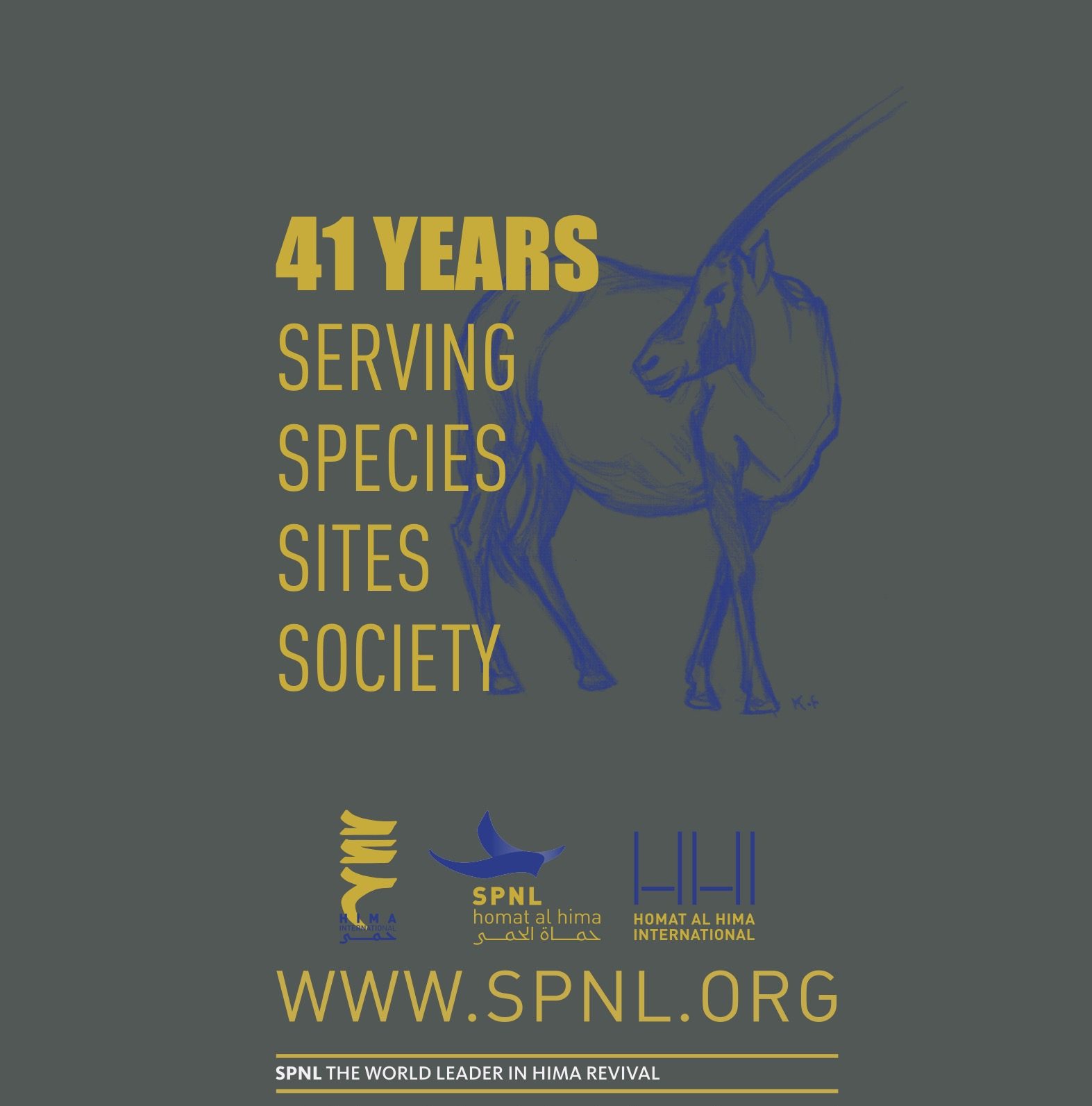Background
Qoleileh, a coastal village in South Lebanon, is home to one of the country’s few remaining healthy marine ecosystems. It has rocky shores, seagrass beds, and rich biodiversity, including important fish species and migratory birds. In response to growing threats from overfishing, coastal pollution, and unsustainable development, a marine Hima (community-conserved area) was established as part of a broader effort to protect Lebanon’s coastal and marine heritage.

The Hima Approach
The Hima concept—rooted in an ancient Arab tradition of communal natural resource management—has been revived and adapted by the Society for the Protection of Nature in Lebanon (SPNL). In Qoleileh, this model empowers the local community to co-manage marine resources sustainably.
Key Conservation Actions
-
Community Engagement: Local fishers and residents were involved from the outset in designing conservation rules and monitoring activities.
-
Sustainable Fishing Practices: The use of non-destructive fishing gear and seasonal restrictions have helped replenish fish stocks.
-
Marine Habitat Protection: Important habitats such as seagrass meadows and fish breeding grounds are identified and protected.
-
Awareness and Education: Environmental education programs were implemented in local schools and through community workshops.
-
Ecotourism Initiatives: Eco-friendly activities such as snorkeling and birdwatching are promoted to support livelihoods while conserving nature.
Outcomes

-
Recovery of marine life in key areas.
-
Strengthened community stewardship.
-
A model for other coastal villages seeking to establish marine Himas.
Challenges
-
Enforcement of conservation rules amid limited state presence.
-
Threats from illegal fishing and nearby pollution sources.
-
Need for sustainable financing to ensure long-term protection.






